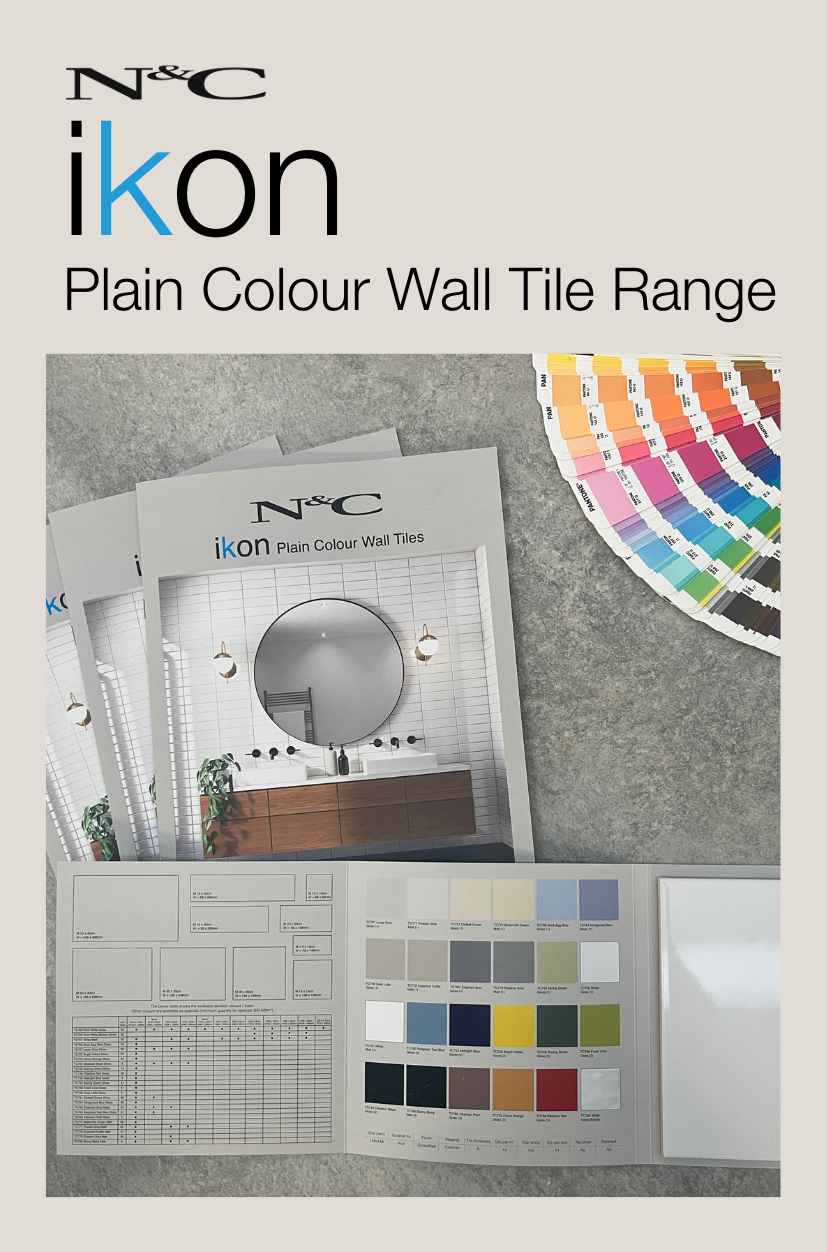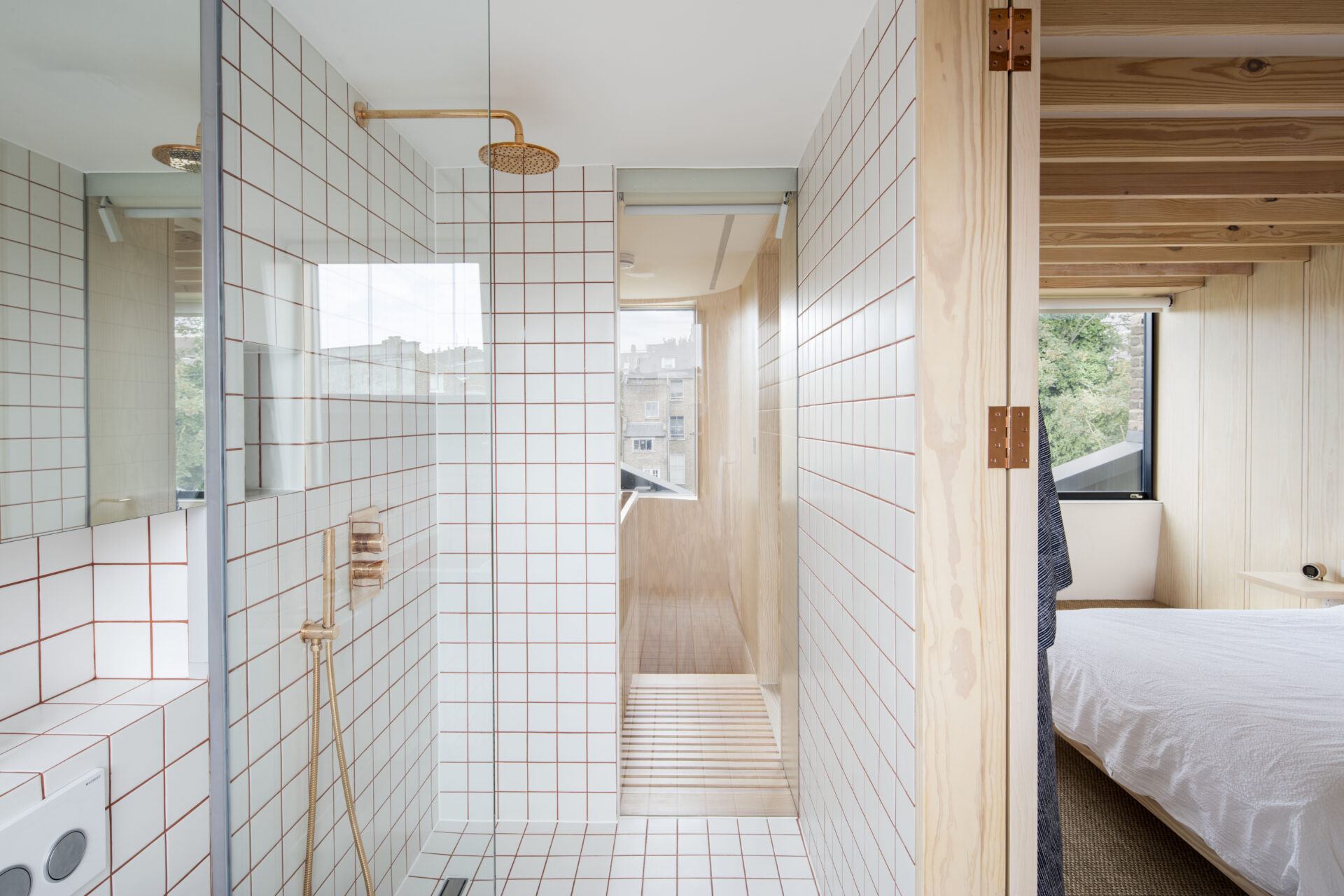The latest revision to the British Standard covering floor and wall tiling includes a number of important changes, of which those working in the industry need to be aware. This Standard is a code of practice adhered to across the tiling industry promoted by The Tile Association and used in court tribunals to settle disputes.
BS 5385 Part 3: 2024 was published on 30th May and introduces the following principal changes:
- BS 5385 Part 5: 2009 has been withdrawn. Information from this part of the British Standard has been incorporated into the revised Part 3.
- Definitions in the Standard have been greatly expanded and new illustrations are clearer and more consistent, improving clarity.
- For direct tiling onto plywood and other wood-based sheets or boards, an intermediate layer, such as an uncoupling membrane, reinforced tanking system or tile backer board should be used.
- Exposure to greater fluctuations of thermal and moisture movement means that for external tile installations, intermediate movement joints should be incorporated within the tile assembly at intervals between 3m to 5m.
- New sections have been included on the safe handling of materials, Light Reflectance Values (LRVs) and steps, stairs and slopes.
These changes are coming in as part of the regular review of the Standard and are designed to reflect product changes and developments within the industry since the publication of BS 5385 Part 3: 2014.
The updated recommendations on tiling to plywood sheets and boards stresses the importance of using appropriate materials for direct tiling. Importantly, timber boards are no longer recommended as a substrate for direct tiling. The Standard explains that if timber is used as part of the build-up for flooring, it should be rigid and stable with respect to humidity and moisture changes. Part 3 notes that timber sub-floors are not ideal substrates for floor tiling, especially where heavy static/dynamic loading is likely in service. Timber is also not a suitable substrate for tiled floors in high humidity areas or areas which may become wet or frequently damp.
Similarly, the updated recommendations on movement joints emphasise they are to be used in external tiling. Further to the requirement of 3m to 5m intervals, the Standard explains that depending upon the positioning of the installation (amount of exposure to sunlight and heat), anticipated movement in the substrate, the size, darkness of colour and format of the tiles and slabs selected and the width of the tile joints, further reductions in the distances between intermediate movement joints should be taken into account.
New inclusions to the British Standard, such as regarding safe handling of materials or guidance on ramps and slopes, show that the industry is taking a progressive approach to further improve its health and safety standards and enhance accessibility for disabled people. These advances continue to improve tiling standards to the benefit of tile fixers and the installations they provide for others
The Standard continues to recognise the importance of the quality of workmanship and requires that the installation of ceramic or natural stone tiling is carried out with ‘efficient supervision and the employment of trained operatives, skilled to an appropriate level of competence certified by a recognized authoritative body, e.g. The Tile Association’.
Brian Newell, Chairman of TTA’s Technical Committee, says: ‘The thorough revisions to the British Standard not only promote better practices but also make them easier to understand and follow. This shows how our forward-thinking industry continues to progress and will also enhance customer confidence. It is noteworthy that TTA’s technical publications are widely referenced in the new Standard, recognising the work that TTA has been doing to drive up quality in the industry, enhance training opportunities and ensure that the quality of work carried out in our industry is adequately policed.’
Helping to highlight these changes and explain their impacts, TTA Technical & Training Manager Martin Pouncey has recently held educational webinars providing useful insights to attendees. The Tile Association continues to be a leading source of technical support for the industry, as Martin Pouncey’s ongoing activity aims to champion and deliver. Due to popular demand, another webinar outlining the subject will be hosted on 3rd September, 3–4pm, with sign up links to be provided in due time. Further updates will follow.
This update is timely for TTA’s newest member benefit, which involves the offer of a 25% discount on the purchase of documents with the British Standards Institute (BSI). TTA has a long history of working closely with BSI on Standards relating to the tiling industry. This latest strengthening of the relationship supports TTA’s aim to raise tile and tiling standards and enhance installation expertise and craftsmanship, as set out as one of three pillars in its Strategic Plan. Members also have free access to download all TTA technical guidance notes at https://www.tiles.org.uk/technical-support/.






